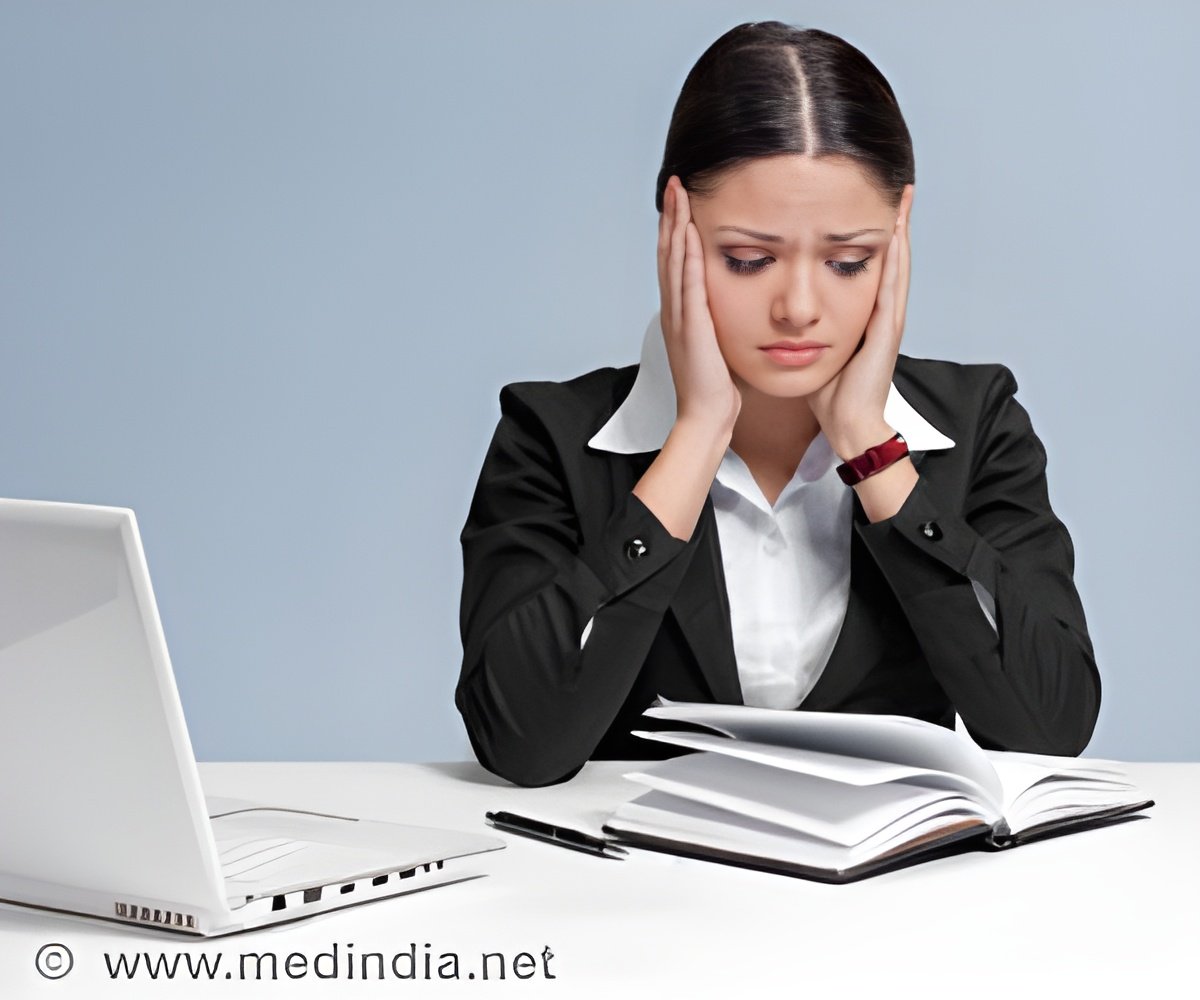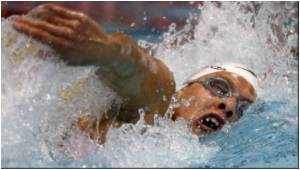Telemedicine program is used more by the young and more affluent and those who do not have established health care relationships that allow patients to get medical help and prescriptions.

The findings, published in the February edition of the journal Health Affairs, are from the first assessment of a telemedicine program offered to a large, diverse group of patients across the United States.
"Telemedicine services such as the one we studied that directly links physicians and patients via telephone or Internet have the potential to expand access to care and lower costs," said Lori Uscher-Pines, lead author of the study and a policy researcher at RAND, a nonprofit research organization. "However, little is known about how these services are being used and whether they provide good quality care. Our study provides a first step to better understand this growing health care trend."
Interest has grown in telemedicine programs because of the shortage of primary care physicians, which will likely worsen as more Americans acquire medical coverage under the Affordable Care Act. Telemedicine is one of the alternatives touted as a way to better provide primary health care without greatly expanding the number of doctors.
Uscher-Pines and co-author Dr. Ateev Mehrotra studied 3,701 patient "visits" provided from April 2012 to February 2013 by Teladoc, one of the nation’s largest providers of telemedicine services. Teladoc is different from most other telemedicine efforts that connect patients to providers for specialty visits or connect providers to other providers for consults for in-hospital care.
The patients studied all were covered through a health plan offered by the California Public Employees’ Retirement System, which provides health insurance to the state’s public workers. Patients who used Teladoc were compared to peers who visited hospital emergency departments or a doctor’s office for a similar problem.
Advertisement
Among patients studied, the most common problems for a Teladoc visit were acute respiratory conditions, urinary tract infections and skin problems, which accounted for more than half the cases. Other frequent reasons for Teladoc visits were abdominal pain, back and joint problems, viral illnesses, eye problems and ear infections.
Advertisement
Teladoc users as a group were younger, had fewer chronic conditions and were less likely to have used health care in the previous year when compared to other enrollees who used a hospital emergency department or visited a physician’s office for similar conditions. Teladoc users were slightly more likely to be women and live in more affluent areas.
In addition, more than a third of Teladoc visits occurred on weekends or holidays.
"The people who are attracted to this type of telemedicine may be a more technologically savvy group that has less time to obtain medical care through traditional settings," said Mehrotra, a RAND researcher and an associate professor at the Harvard Medical School.
Across the leading conditions, visits to Teladoc were less likely than visits to the emergency department or a physician office to result in a follow-up visit for a similar condition. RAND researchers say the finding suggests that health problems were most likely adequately addressed during the Teladoc visits.
However, researchers caution that more research is necessary to further assess the quality and safety of telemedicine services such as Teladoc.
There are concerns that expanded use of this type of telemedicine may lead to fragmentation of care. Teladoc physicians do not have access to information that can be gathered during a patient exam or diagnostic testing. Some providers fear these and other limitations can lead to misdiagnosis and higher rates of follow-up visits.
Source-Eurekalert













